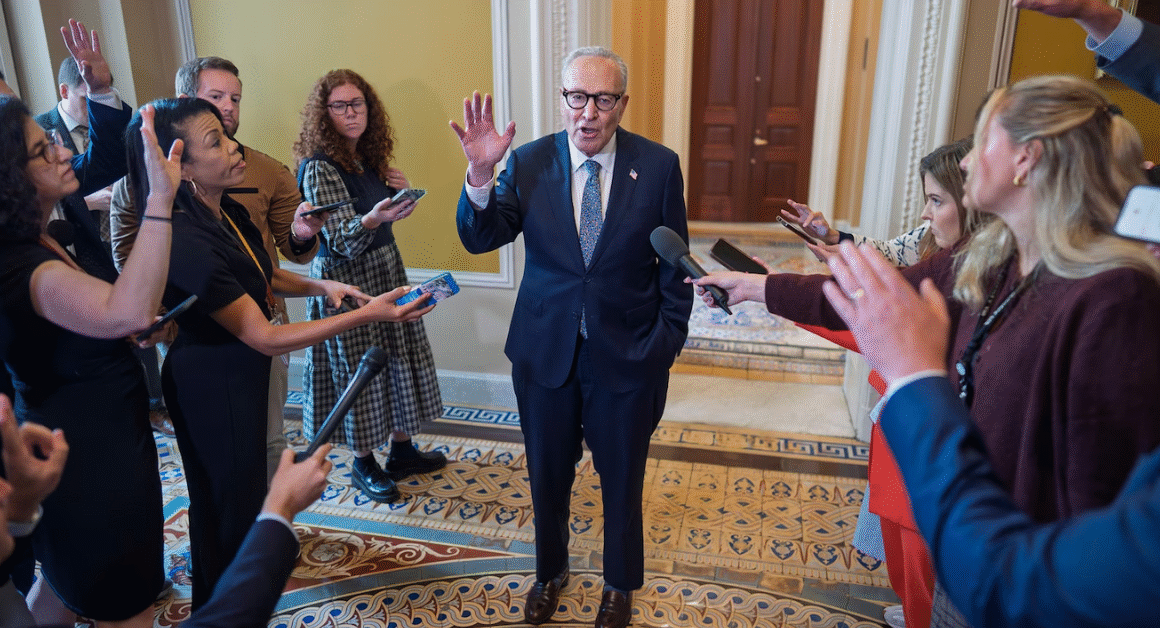The healthcare landscape in the United States is set to undergo important changes in 2025 that could significantly impact 2026. With updates to the Affordable Care Act (ACA), shifts in Medicaid programs, and new rules surrounding artificial intelligence (AI) in healthcare, many Americans will see how these changes affect coverage, care access, and technology use.
Understanding these upcoming policy shifts is especially useful for younger readers who are either managing their insurance or working in health-related fields. This article breaks down the key policy updates and what they could mean for individuals and families in the near future.
Affordable Care Act (ACA) Updates for 2025
The ACA, also known as Obamacare, continues to evolve with major reforms expected in 2025. One important update focuses on expanding subsidies that make health insurance more affordable for low- and middle-income families. This means more people could qualify for financial help when buying insurance through the health marketplaces.
Additionally, the federal government is working to simplify the enrollment process for ACA plans, which could boost coverage rates. According to the Kaiser Family Foundation, easier enrollment and greater affordability have helped millions gain insurance but there’s still room for improvement in reducing uninsured rates (KFF report).
Shifts in Medicaid Programs
Medicaid, a state and federal program that provides health coverage for low-income individuals, is also expected to see changes. Some states plan to expand eligibility to cover more people, including some groups who were previously excluded. This expansion can improve access to vital health services for those in need.
However, with new rules around work requirements and state flexibility, Medicaid’s future could vary significantly depending on where someone lives. According to the Centers for Medicare & Medicaid Services (CMS), these reforms aim to promote employment while keeping healthcare accessible (CMS fact sheets).
Artificial Intelligence Reform in Healthcare
One of the most talked-about changes involves the regulation of AI technologies in healthcare. AI is increasingly used in diagnostics, patient monitoring, and treatment planning. Governments are working on creating clear guidelines to ensure AI tools are safe, effective, and fair for all patients.
In 2025, new policies will likely focus on transparency, accountability, and data privacy concerning AI. These rules aim to protect patients from biases and errors while encouraging innovative tech development. The World Health Organization (WHO) highlights the potential benefits and risks of healthcare AI and calls for responsible use (WHO report).
What These Changes Mean for You
For younger Americans, these healthcare policy updates mean better access to affordable insurance and improved quality of care. If you or your family members rely on Medicaid or ACA marketplace plans, it’s important to stay informed about the new eligibility rules and enrollment options coming in 2025.
Technology-wise, AI in healthcare promises faster and more accurate medical services but it also requires awareness about privacy and data rights. Learning about these reforms can help you make smarter health decisions and support policies that protect patients while encouraging innovation.
Looking Ahead to 2026
The full effects of 2025 healthcare reforms will begin to show in 2026. Increased coverage, Medicaid program changes, and AI integration will shape the way Americans get and experience healthcare. Keeping up with official updates from trusted sources like the Centers for Medicare & Medicaid Services, Kaiser Family Foundation, and the World Health Organization will ensure you’re ready for these changes.
By understanding how these policies work, you can better navigate healthcare options and advocate for continued improvements to the system in the years ahead.













